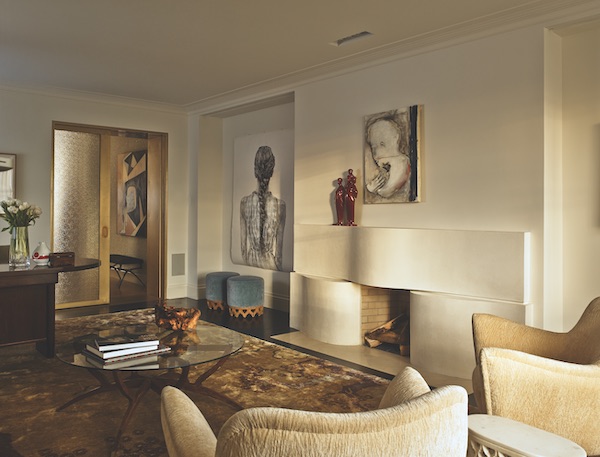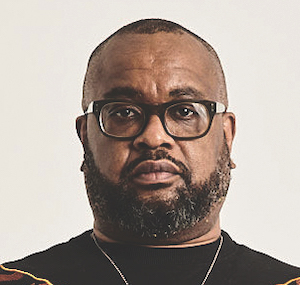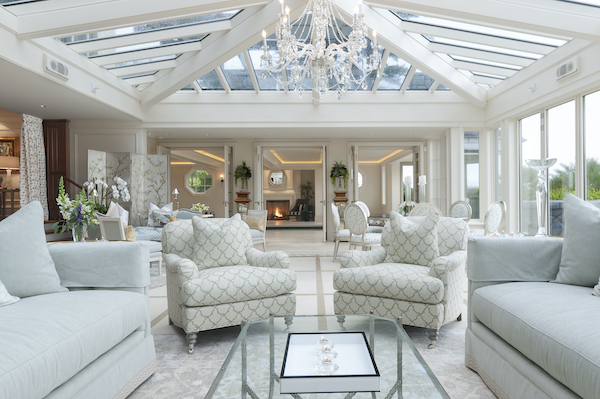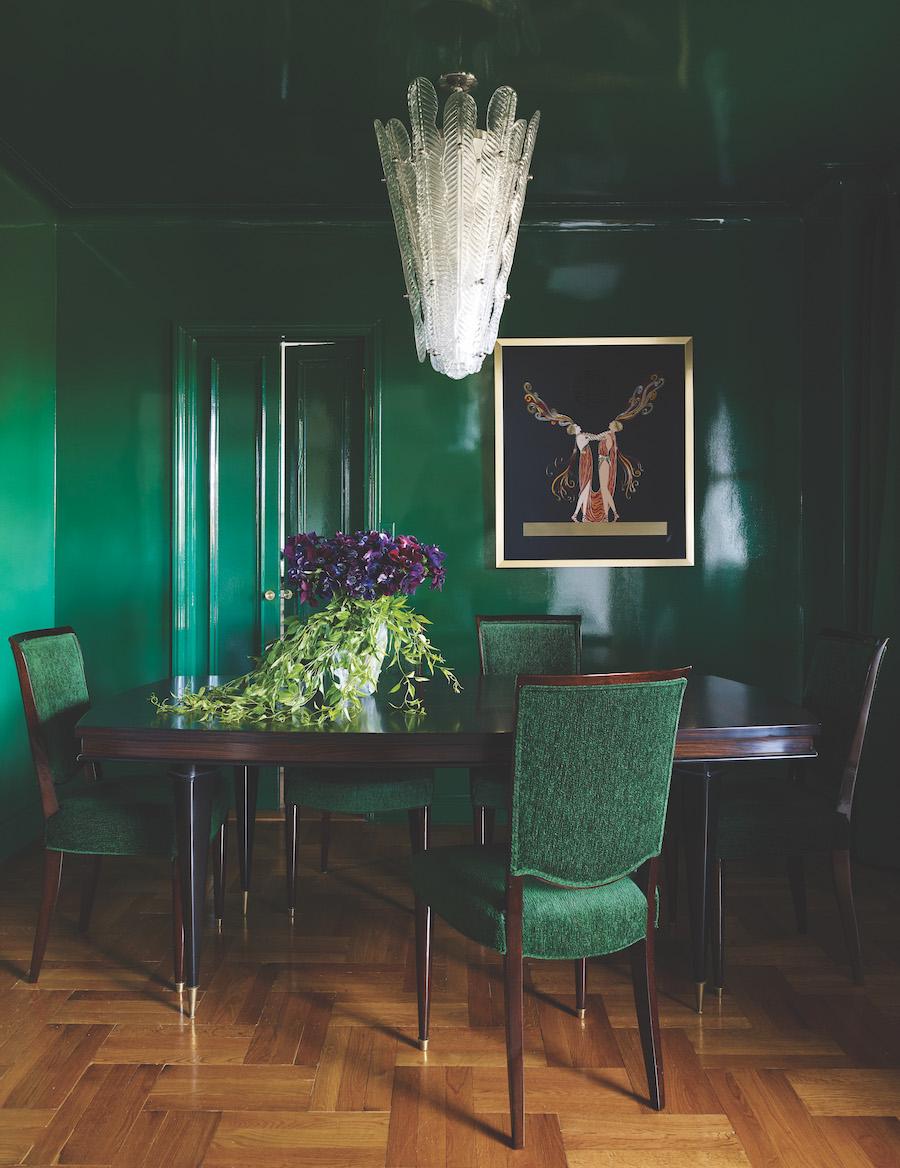Our relationships with our homes have shifted over the past several months. Our homes have become our offices, schools, restaurants, movie theaters — you name it, people are figuring out a way to do it at home. It has also been a time for homeowners to notice the ways in which their homes are not serving them. Those with the means to make changes, large or small, are continuing to seek out interior designers.
For high-end designers working with affluent clientele, business is booming.
“We are very busy, busier than we’ve been in the last couple of years, actually,” says Dann Foley, President of Foley & Stinnette Interior Design. “The very beginning of the shutdown back in March, it was completely dead. Just within a couple of months into that time, people were getting crazy being at home. That’s when it started. We’re just as busy with residential projects as we are with hospitality.”
Things are going similarly well for Nicole Fuller, Founder and Principal of Nicole Fuller Interiors, a high-end design firm with offices in New York, Los Angeles and London. But while she relishes the sustained flow of business, she acknowledges the privilege associated with it.
“I think when we’re talking about high-end luxury, we’re in a different place,” Fuller says. “Many people are really struggling and suffering and there’s so much going on in the world right now that’s scary. High-end luxury is an incredible place to be. Being grateful and being able to be in this end of the market where everything’s really busy is more important now than ever, and doing what we do is more important now than ever”
The idea of luxury in the home design experience has also been redefined during this time.
“I don’t happen to approach design in terms of luxury,” says Brooklyn, NY-based designer Leyden Lewis. “That’s a word that I’m trying to actually edit out of my repertoire. It just seems a little bit outdated, like it says we have so much money and resources that we don’t have to think about how much we’re spending.”
Luxury often implies a cost, and in today’s uncertain economy, that cost is not feasible for everyone. But Lewis says the idea of luxury can also mean comfort and mindfulness, the ability to create a space that works the way the client needs it to work to be livable and suit their needs. A sofa, for example, can be considered luxurious if it is beautiful, comfortable and fits the client’s aesthetic plan, regardless of its price tag. “Whether they spend a million dollars on a renovation or $200,000 on a renovation, my clients are being mindful,” Lewis adds. “I think that the economy has changed.”
Changing Priorities

While all three designers are consistently busy with design work, some of the work they’re doing is different than before. Lewis is currently working on a project in upstate New York for a client looking to get out of the city. Second homes are becoming primary homes as people are looking for a longer-term escape than just a weekend away.
“I think what happened was that everyone’s home was in stasis and everything was OK,” Lewis said. “But now the kitchen is just not working. Their bathroom, when it was just for the weekend, it was fine, but now we’re preparing these homes to be livable at a certain level, an elegant level.”

Foley’s new clients are embarking on larger whole-home design projects, but his existing clients are also seeking upgrades, just on a smaller scale.
“My clients, as luxury clients, they’ve never really denied themselves, so they are not the people who are stuck at home and suddenly want to redo the living room or dining room,” Foley says. “They already have that stuff.” Instead, Foley says, they’re asking for things like extra bedding or tweaks to existing designs.
One of these tweaks is in the home office. Naturally as jobs continue to be done remotely, home offices have become a priority, but for Foley’s affluent clients, they already have robust home offices — often more than one. Now, he says, the focus is on the technology, particularly the technology that will help them look and sound better during video calls.
“There’s nothing less professional for someone working at that level than to sound like they’re talking through a tin can and have bad lighting,” he says. “We can take that beautiful, professional space and put in professional lighting and professional equipment, so that they not only look good, but they sound good doing that broadcasting.” Foley has installed similar equipment in his own office.
At-home work space also has to accommodate children learning remotely, Fuller says. The home upgrades her high-end clients are looking for are in line with the new normal. Mud rooms might become areas to put on a change of clothes after a day at work, and kitchens can be tweaked to accommodate grocery cleaning. Clients are also looking for self-care spots in their homes where they can retreat for a moment of peace.
“I think we’ve realized that taking time for yourself and self care and keeping your immune system up and being able to get away from it all in your own home is so key and so important,” Fuller says. “This is the beauty of what we do. How can I make this better for you? How can I make this more comfortable for everyone and function in a way that you really never have to leave if you can’t, or if you don’t need to.”
Working Smarter
With most travel coming to a halt, design firms are pivoting to a fully digital approach to keep projects on track. Video conferencing is replacing in-person meetings and site visits. With this digital shift also comes a shift in time management. Less travel time between meetings or on planes means more time to get work done — but that’s not always a good thing.
“I like not having to meet with the clients as often,” Lewis says. “That took a lot of time. That said, I think I’m overworked. The challenge is to determine how time is being used during the course of the day and recognize where you’re overworking.”
Fuller says her team may be working less efficiently being apart, as Zoom meetings with her staff and preparing and sending presentations take more time, but they are working more effectively without the constant travel. With offices in three cities, including one abroad that Americans currently aren’t allowed to travel to, there is a lot of coordination involved in keeping all projects running at full speed. She also says that jumping on a Zoom call instead of the phone helps keep her more connected with her staff and clients.
“I do think we’ll keep these practices in play,” she says. “I also think it’s made us stronger. I think it’s made us faster. We were extremely thorough as it is, but if we could become even more thorough, I think we’ll keep all that for sure.”
Fuller is using the saved travel time to create a modified experience for her clients that stays true to her high-end brand.
“You can put the travel time into doing the presentation and sending it abroad or across the country or down the road if they can’t meet with you,” she says “It’s really about digging deep and delivering your luxury, your brand, your aesthetic, your knowledge, your voice, and you’re giving them security that it’s all moving across exactly the way we planned it. There’s no chink in the armor.”
Service Shifts

Part of providing a luxury design experience is delivering an ultra-personal level of service. With designers unable to hop on a plane at a moment’s notice to solve a problem, make a presentation or guide clients step-by-step through the design process, they’ve had to get creative.
Without the in-person connection, Foley has had to rework the way he delivers drawings.

“Up until now, because of the type of client we work with, I was still hand drafting,” Foley says. “I loved doing it, but the big thing for me was that we could really personalize drawings. When it comes to high-end residential clients, it is about schmoozing them. It’s about service. I was always hesitant to digitize drawings, but now we just don’t have a choice.”
Now that personalization comes in the form of 3-D models and renderings, which the firm sends out to another company to create. They offer a level of detail beyond what Foley could do by hand.
Fuller takes a more tactile approach to her design presentations, shipping a carefully curated box to her clients, complete with luxurious packaging.
“It’s like you’re getting a delivery from Net-a-Porter,” she says. “It’s the most exciting thing when it arrives in a beautiful Nicole Fuller bag with a beautiful box and a beautiful bow around it, and it’s all branded. It comes labeled to perfection. We’ve really gone above and beyond to make it very, very simple. When you open the box, it’s going to be easy to understand, it’s going to be something that’s beautiful and exciting, and I edit for my clients because I think when you send too many things at once, it gets confusing. It’s curated, it’s edited and it’s delivered in a way that is really inviting and exciting.”
Still, without meeting in person, there can be a disconnect between designers and their luxury clients, so designers should be working harder to let clients know that their project is a priority.
“You have to actually work harder today when you cannot hold their hand, when you can not look them in the eye and tell them everything’s going to be fine,” Foley says. “That’s a lot harder in only phone calls or in a Zoom call once in a while. It really is about service, service, service. It always was. You just have to work harder at it now.”
But while these digital tools are helpful at maintaining that relationship, Fuller is mindful of how often she’s contacting her clients, careful to not bombard them with phone calls and Zoom requests.
“You have to just look inward and think about how you would want to be treated during this time.” Fuller says. “Then take that, times it by 10 and make it that much better.”







